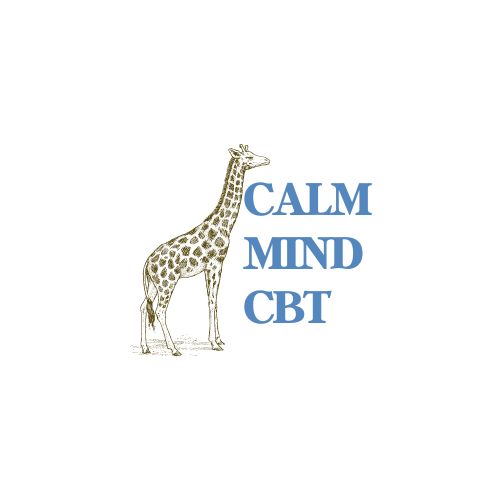Before learning strategies to cope with emotion, it is important to learn the basic skills that contribute to emotional intelligence. The first few sessions in therapy revolve around assessing, reviewing and teaching these 5 skills that will set a STRONG foundation to using strategies effectively.
Children learn how to tell stories of times they experienced big emotions. Telling stories of when these strong emotions have happened is a basic skill that is critical in order to gather information from the child about triggers AND help them feel safe and validated in talking about situations that feel personal and sometimes shameful. Story telling can be done in playful and engaging ways with coloring, role play, figurines and puppets.
Children learn the skill of labeling their emotions. It’s not always easy to acknowledge emotions let alone even know what certain emotions are called. Labeling emotions is an essential skill that will lead to an increase in emotional intelligence and ability to cope. Mastering this skill is often done through playing games like feelings charades or circling emotions on the feelings board in the office. Children will learn how to use “I statements” to better communicate emotion.
Children learn the skill of labeling their body sensations. All emotions come hand in hand with body sensations; it’s a package deal whether we like it or not. Helping children identify body sensations is an often overlooked skill that is critical to emotional intelligence. These body sensations such as an upset stomach, racing heart and shakiness are often the driving force behind avoidance behaviors (a hallmark symptom of anxiety). This skill can be learned through basic education about these body sensations and providing a physical means to label these sensations and their location in the body. An simple outline of a body on a piece of paper and some markers can be enough to start the conversation of these sensations. Kids are often surprised and relieved when they are educated about these sensations and given language to speak about them.
Children learn the skill of figuring out their thoughts. Our feelings are often directly linked to our thoughts. When children learn how to identify their thoughts and make sense of the reason they are having the feelings they are already noticing it gives them the power to take action. Children often benefit from being guided to understand their thoughts by externalizing them. Creating ‘Brain Bully’ characters with markers or clay and being playful in figuring out what this character is ‘saying’ can be a fun way to engage children in learning this skill.
Children learn the skill of identifying their actions and how they link to their thoughts, emotions and body feelings. Most of the time when parents seek out treatment for their children there is something happening behaviorally that is causing a problem. Whether it is avoidance, disruptive, defiant or withdrawn behaviors, parents are concerned. After learning the first four skills, it is important to help a child learn how their actions can change. Using the ‘brain bully’ tool, children often have fun thinking about what their ‘brain bully’ is trying to get them to do. This opens up many doors to learn how to ‘fight’ their brain bully and learn the evidence-based strategies to help reduce symptoms.


Recent Comments